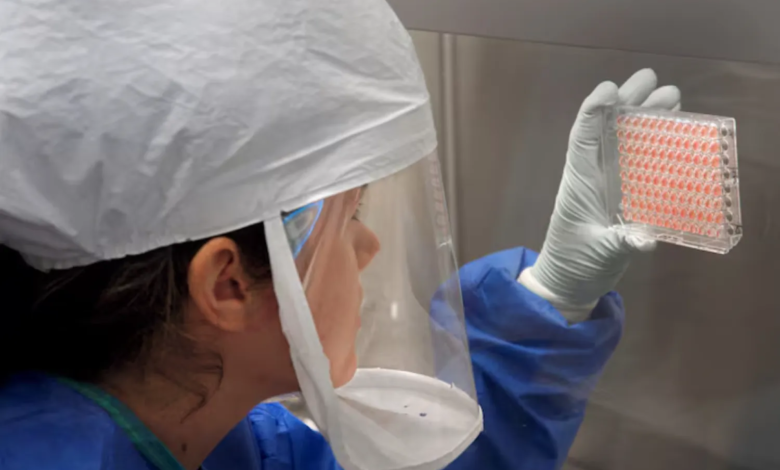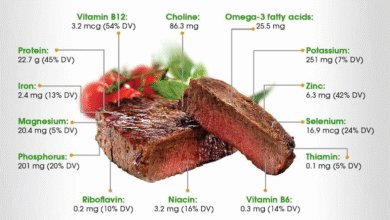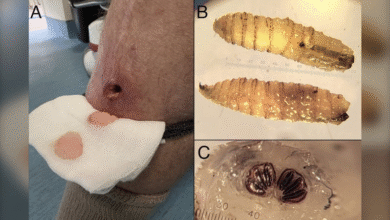H7N9 Bird Flu Outbreak Confirmed in Mississippi Poultry

The recent detection of the H7N9 bird flu strain marks a concerning resurgence of avian influenza, as this virus has been absent since 2017. Affected birds were discovered on a poultry farm in Mississippi, sparking fears of a new bird flu outbreak that could impact both poultry health and human safety. The Centers for Disease Control and Prevention (CDC) notes that H7N9 symptoms can range from mild to severe, potentially leading to respiratory complications. As public health officials ramp up monitoring and bird flu precautions, the urgency to prevent the virus from spreading is clearer than ever. With this outbreak’s history of high mortality rates in humans, vigilance is crucial for both farmers and consumers alike.
The emergence of a new strain of bird flu, particularly the H7N9 variant, draws attention to the serious implications of avian influenza for both animal and human populations. Often referred to as a severe avian flu, this infectious disease primarily affects birds, yet it poses a significant health risk to individuals who come into contact with infected poultry. In light of this recent event, understanding the symptoms associated with H7N9, as well as adopting stringent bird flu precautions, is essential to mitigate the risks. As health authorities assess the situation, they emphasize the importance of monitoring poultry health to safeguard communities. This situation underscores the interconnectedness of animal health and public safety in the face of emerging infectious diseases.
Understanding H7N9 Bird Flu and Its Impact
The recent detection of the H7N9 bird flu strain has raised alarms across the poultry industry, especially with its emergence after an eight-year hiatus. This highly pathogenic avian influenza has serious implications for both poultry health and public safety. Authorities have reported that nearly 48,000 chickens were affected in Mississippi, resulting in extensive measures to contain the outbreak. The recognition of H7N9 as a threat to both animal and human health underscores the need for vigilant monitoring and rapid response to outbreaks.
H7N9 is notorious for its high mortality rate among humans, with reports indicating that around 40% of those infected have died since it was first identified in 2013. The World Health Organization (WHO) actively monitors these cases, issuing guidelines and recommendations to mitigate the risks associated with avian influenza. The connection between poultry farming and human health cannot be overstated, and understanding this virus’s transmission dynamics is critical for preventing further outbreaks.
Frequently Asked Questions
What are the symptoms of H7N9 bird flu?
H7N9 bird flu symptoms typically develop within five days of exposure and can include fever, cough, shortness of breath, and pneumonia. Most patients experience severe respiratory illness, so recognizing H7N9 symptoms early is crucial for effective treatment.
How does the H7N9 bird flu outbreak affect poultry health?
The recent H7N9 bird flu outbreak has led to strict measures to protect poultry health, including the depopulation of infected flocks and quarantines of affected areas. Monitoring and enhanced surveillance are essential to prevent the spread of H7N9 and safeguard poultry industries.
What precautions should be taken to prevent H7N9 bird flu?
To prevent H7N9 bird flu, it is recommended to avoid visiting live animal markets, refrain from handling birds, and ensure proper cooking of poultry and egg products at an internal temperature of 165 degrees. Practicing good hygiene, such as regular handwashing, is also vital.
What is the current status of the H7N9 bird flu vaccine?
Currently, there is no vaccine available for H7N9 bird flu. However, antiviral medications can help reduce the severity of the illness for those infected. Ongoing research aims to develop effective vaccinations against this strain and improve public health responses.
How has the H7N9 bird flu impacted human health globally?
H7N9 bird flu has infected over 1,500 people worldwide since its discovery, with a high mortality rate of about 40%. Although transmission between humans is rare, awareness of H7N9 and early identification of symptoms are crucial for preventing severe outcomes.
| Key Point | Details |
|---|---|
| Detection | Confirmed H7N9 outbreak on a poultry farm in Noxubee, Mississippi, detected in March 2023. |
| Impact on Poultry | Infection of 47,654 broiler-breeder chickens; area quarantined, birds depopulated. |
| Human Cases | 616 deaths reported out of 1,568 infections since 2013; high mortality rate for humans. |
| Precautionary Measures | Cook poultry and eggs to at least 165°F; avoid contact with infected birds or surfaces. |
| Symptoms | Fever, cough, shortness of breath, severe respiratory illness. |
| Vaccine Status | No vaccine currently available; antiviral medications can help reduce severity. |
Summary
H7N9 bird flu has resurfaced recently with a confirmed outbreak in Mississippi after eight years of absence. This strain poses a significant risk not only to poultry but also to human health, as indicated by its high mortality rate among infected individuals. While the situation requires attention, experts recommend taking necessary precautions such as properly cooking poultry and practicing good hygiene to minimize risks.




